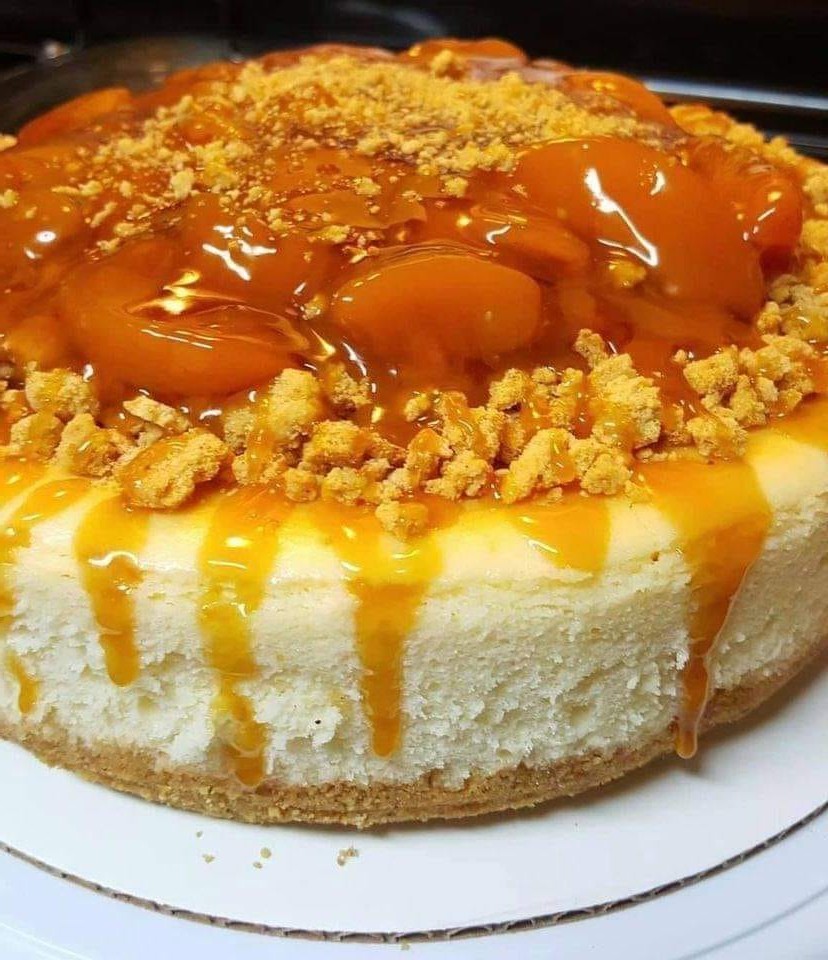
ADVERTISEMENT
Understanding Vintage Hand Tools
Vintage hand tools like the one in the image are fascinating pieces of history that offer insight into past craftsmanship and technology. They were often made with high-quality materials and designed to perform specific tasks efficiently. Here are a few things to consider when identifying and understanding vintage tools:
1. **Design and Functionality:**
– Examine the overall shape and design of the tool. Look for moving parts, handles, and any unique features that indicate its use.
– Identify the main function of the tool. In this case, the prongs and screw mechanism suggest it’s used for gripping and turning.
ADVERTISEMENT
2. **Materials and Craftsmanship:**
– Vintage tools are typically made from durable materials like cast iron, steel, or wood. The quality of the craftsmanship can also indicate the tool’s age and origin.
– Look for signs of wear and patina, which can add to the tool’s historical value.
3. **Manufacturer’s Markings:**
– Many vintage tools have manufacturer’s marks, logos, or model numbers stamped on them. These markings can help identify the maker and approximate age of the tool.
– If available, reference guides or online databases can be useful for researching these markings.
4. **Historical Context:**
– Consider the historical period when the tool was likely made. This can give clues about its intended use and the technology available at the time.
– Tools from different eras reflect the technological advancements and industrial needs of their time.
Collecting and Preserving Vintage Tools
Collecting vintage tools can be a rewarding hobby, and preserving them ensures that these pieces of history remain intact for future generations. Here are some tips for collecting and preserving vintage tools:
ADVERTISEMENT
1. **Research and Documentation:**
– Document your tools with photographs and notes about their features, markings, and condition. Research their history and use to add context to your collection.
2. **Proper Storage:**
– Store vintage tools in a dry, cool environment to prevent rust and deterioration. Use protective coatings like oil or wax to preserve metal surfaces.
3. **Cleaning and Maintenance:**
– Clean tools gently using appropriate methods to avoid damaging their patina or markings. Regular maintenance can keep them in good working condition.
4. **Networking and Learning:**
– Join collector’s groups or online forums to connect with other enthusiasts. Sharing knowledge and resources can enhance your collecting experience.
Understanding and appreciating vintage tools not only preserves their functionality but also honors the craftsmanship and history behind them.
ADVERTISEMENT




